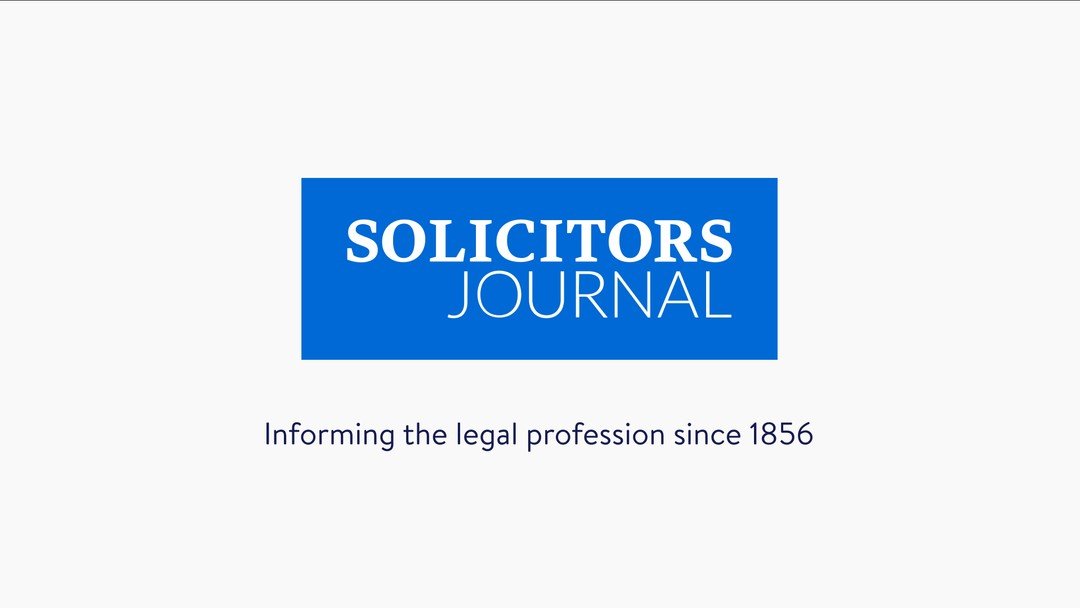Drawing the line

In boundary disputes where the original conveyance is not clear, the Court of Appeal has ruled that subsequent conduct can be taken into accounts. Daniel Gatty explains
It is an everyday occurrence. Mr Jones comes to see you. He has fallen out with his neighbour Mr Smith because, says Jones, Smith has encroached on Jones's garden/field/yard or whatever. Smith has erected a fence so as to appropriate some of what Jones claims is his land.
Fortunately, Jones's title deeds are available and contain the original conveyance carving out the parcel of land now owned by Jones from a larger holding. Unfortunately, the description of the parcel being conveyed and the plan attached to the conveyance are not clear enough to resolve the dispute between Jones and Smith. They don't define the boundary precisely enough. The land is unregistered, so there is no title plan at HM Land Registry to refer to. Or the strip of land in dispute is too narrow for the Land Registry title plan to help, bearing in mind the general boundaries rule (that the registered plan shows the general boundaries and not their exact line). Jones is furious and wants to issue proceedings against Smith immediately. You tell him that his title deeds are ambiguous. But the boundary has been in the same place for donkeys' years, he retorts.
What evidence is admissible to prove that Jones is right? That was the question addressed by the Court of Appeal in Ali v Lane [2006] EWCA Civ 1532, The Times, 4 December 2006.
It is well established that extraneous evidence is not admissible to contradict a conveyance that clearly and unambiguously identifies the land being conveyed: see Scarfe v Adams [1981] 1 All ER 843, CA. But what if the conveyance in question is unclear or ambiguous as to the land to be transferred?
Ali was concerned with a dispute between Mr Ali, who owned some 10 acres or so of land in Worcestershire, and Mr and Mrs Lane, who owned land on the eastern border of Ali's and used it for their cattery and dog kennel business and as their home. The Lanes made an adverse possession claim over some of the land within Ali's title, but that failed. There was also a dispute about the boundary between the Lanes' land and Ali's. It was the boundary dispute that found its way to the Court of Appeal. The Court of Appeal's decision, dismissing the appeal from the lower court's findings as to the location of the boundary, turned on the particular facts and is not of general interest. What is useful in the case is Carnwath LJ's discussion of the use of extrinsic evidence to supplement a conveyance that is not clear.
Exceptional conveyances
In general, the subsequent actions of the parties cannot be relied on as aids to the construction of their written agreement. Nonetheless, in Neilson v Poole [1969] 20 P&CR 909, Megarry J had held that later conveyances could be taken into account where the original conveyance failed adequately to identify the boundaries of the land being conveyed. The rationale for this exception to the general rule is that conveyances, unlike commercial agreements, have a single function, which is to convey land. As to any particular piece of land, the conveyance either conveys it or it does not, and the court cannot safely conclude that the boundaries of the land are uncertain, leaving it 'fuzzy at the edges'. In reaching that conclusion, Megarry J had applied the Privy Council's much criticised decision in Watcham v Attorney General of East Africa Protectorate [1919] AC 533.
In 2003, however, in Beale v Harvey [2004] 2 P&CR 318, the Court of Appeal declined to follow Watcham in a case where evidence of subsequent conduct was relied on in an attempt to show that the boundary was not situated where the conveyance suggested it should be.
Partly on the strength of Beale, it was submitted in Ali that it is not permissible to assess the extent of land conveyed by one conveyance by reference to later conveyances (although apparently the point was not pressed hard). The Court of Appeal rejected that view. It held that where the original conveyance is not clear, not only can subsequent conveyances be taken into account but also other subsequent conduct if the conveyances or conduct are probative of the intentions of the parties to that original conveyance.
Watcham, Carnwath LJ said, remained good law in so far as it relates to evidence admissible to supplement unclear conveyances of land. Beale was explicable because there the conveyance was not ambiguous or unclear.
It is important to remember that only evidence that is probative of the intentions of the parties to the original conveyance is admissible. So, in Ali where the key conveyance was dated 1947, evidence of physical features present in the 1970s, but not proved to exist in the 1940s nor to have replaced features from the 1940s, was of no help. Nor was the belief of a subsequent owner that a building he erected in the 1970s ran close to the boundary.
Carnwath LJ's judgment in Ali is helpful in identifying the limits to the evidence admissible in boundary disputes. From a practitioner's point of view, though, the main problem will continue to be finding evidence that throws light on the meaning of a conveyance executed many decades ago.
